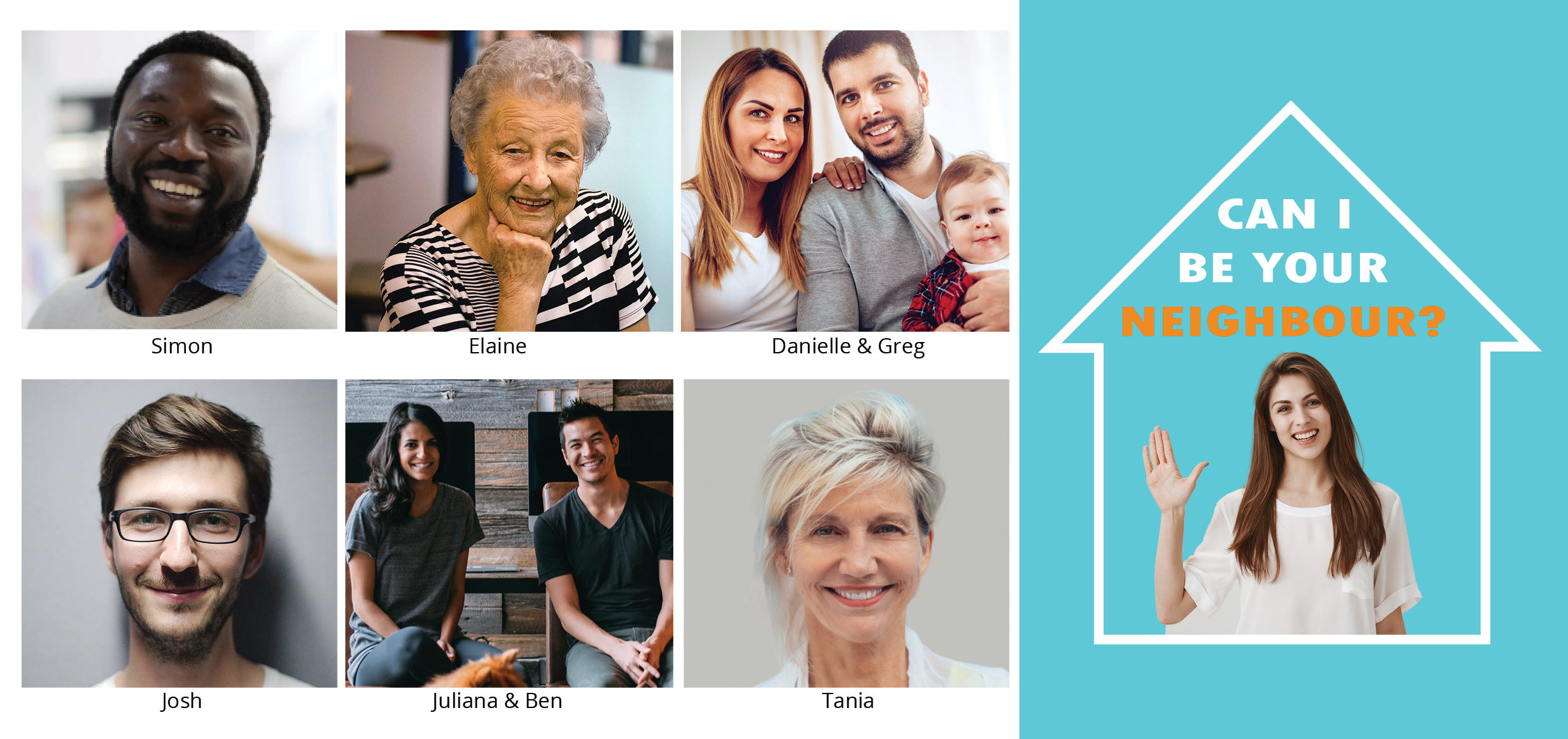Planning for Brisbane’s sustainable future doesn’t need to be ‘Round the Twist’!
Plenty of Aussies of a certain age will remember the beloved Australian children’s nightmare fuel TV show, Round the Twist. An episode that many of us watched during rainy school lunchtimes was ‘Yuckles’, in which developer and perennial antagonist Mr Gribble has his sights set on clearing an ancient rainforest to make way for a new casino. He is only foiled when our young heroes prove that the forest is home to a unique (and apparently sapient) species of toadstool, the yuckles. Now, no one here is siding with Mr Gribble; I suspect that none of his frustrated development plans would meet our YIMBY pillars for good development. However, this World Environment Day, it’s worth looking at what we can do to plan and develop our city in a way that provides for the people who live here while being environmentally sustainable.
City Plan 2014 zones two-thirds of Brisbane’s residential areas as low-density residential; at present, this allows single-family dwellings as the only permitted new housing type (other than purpose-built retirement facilities). This means fewer people living on larger plots of land. To accommodate everyone, this ‘exclusionary housing policy’ inevitably pushes new developments further and further out from the city centre. This phenomenon is commonly known as ‘urban sprawl’.
While extending the urban footprint outwards has long been the easy answer to meeting the housing needs of our growing population, it comes at a cost. The immediate environmental consequences of urban sprawl are obvious; pushing new housing developments out beyond the city limits results in more land being cleared and native species being displaced. However, it’s even more complicated than that. Incrementally moving homes further out doesn’t necessarily change where our major employment hubs are; it just means that more people are on cars and face longer commutes, pumping more carbon emissions into the atmosphere. Extending suburbia outwards also means that infrastructure and other services follow, putting pressure on existing resources. Plus, all those new roads, pavements and roofs absorb sunlight and contribute to the heat island effect. The list goes on.
This simply cannot continue.
By updating our antiquated zoning rules to allow for increased density and more variety in housing options in established neighbourhoods, we could accommodate the same number of people within our existing developed areas. This means making room for some more neighbours in our low density suburbs. Is that too much to ask? It might just make your suburb more inviting.

Choosing infill development over urban sprawl can benefit both our carbon footprint and quality of life. Currently, it’s Brisbane’s inner suburbs that seem more able to enjoy a lifestyle where they can walk, bike, or catch public transport to most places, because the infrastructure to do so is there. Creating a more compact urban form—especially around public transport, lifestyle precincts and activity centres—means more people could benefit from a similar lifestyle. Remember, ‘good transit is pointless when people can’t live near it’ (Michael Andersen, Sightline). We couldn’t agree more.
Planning for PEOPLE first is a shift in mindset that we feel strongly about at YIMBY Qld. We need to stop prioritising the car and instead plan for walkability, active transport, and more sustainable development outcomes. Brisbane has many positive green incentives and green infrastructure underway; the new green bridges, for example, will significantly improve walkability, accessibility, and active transport around our city. Plus, Brisbane’s planning scheme already includes many active urban design outcomes: introducing requirements for secure bicycle parking in new developments; facilitating end of trip facilities; carefully planning pedestrian amenity and shade; and activating some street frontages.
However, in what seems to us like a giant step backwards, in Brisbane we’ve not only removed housing choices from our suburbs, but increased the minimum car parking requirements a new development has to provide, increasing the costs of new housing. All this does is encourage car usage and reliance. We believe we should follow the lead of many global cities like Auckland, Berlin, San Francisco, and London, who have removed minimum car parking requirements, and instead are focusing on incentivising alternative solutions like active transport, public transport, or rideshare schemes.
We need an urgent rethink of our car parking policy. World Environment Day would be a great day to see that change begin.
Planning policy and environmental policy are inextricably linked. We need to start changing the way we think about how we plan and develop our city. And that’s not just about increasing green incentives but connecting the dots between our housing policies and a more sustainable future. To become a globally competitive city, Brisbane must become a city that is a sustainable and liveable environment for everyone who calls it home. Including any intelligent, vaguely malevolent toadstools.




